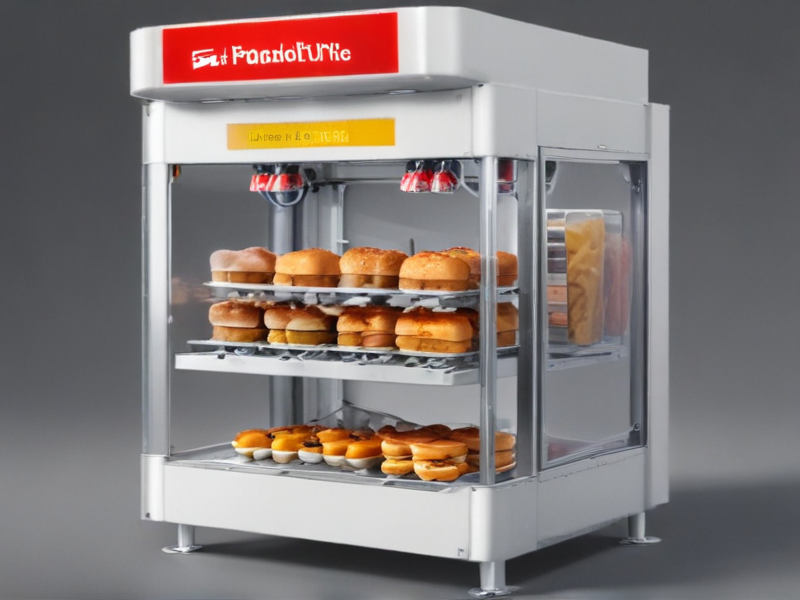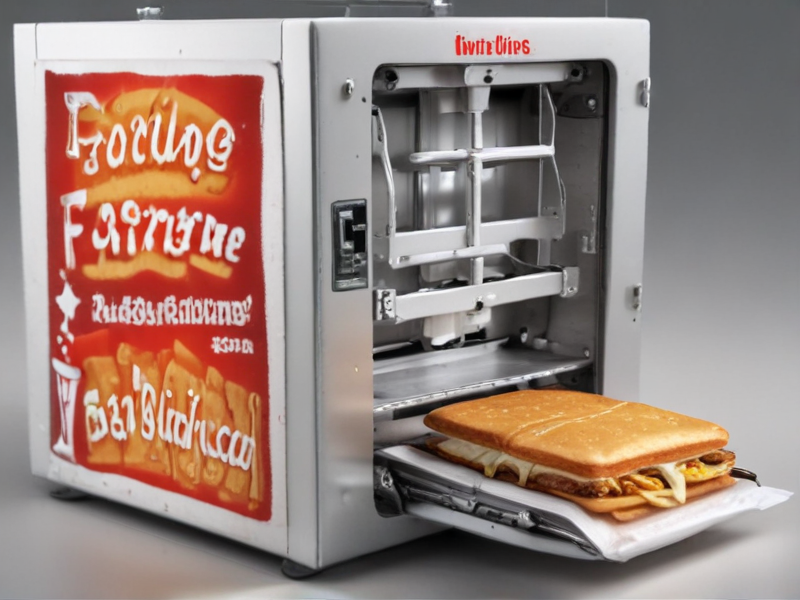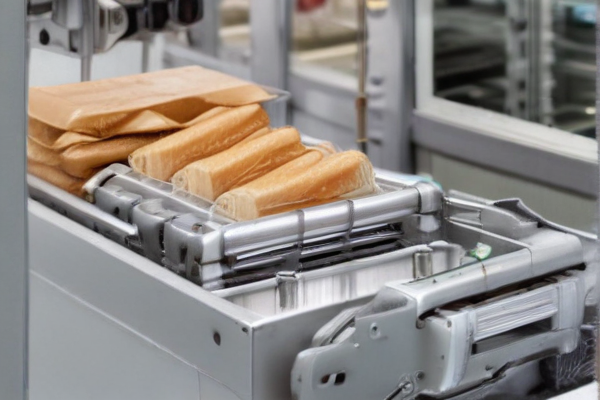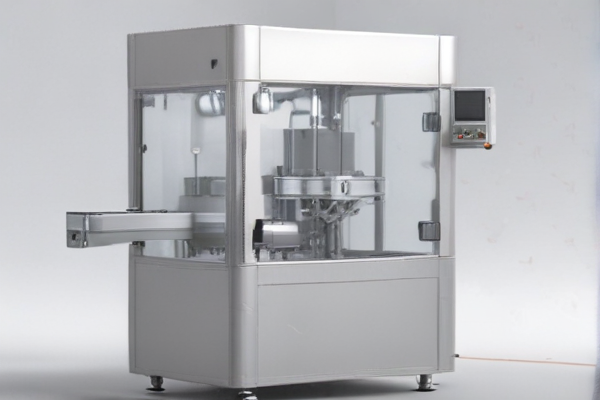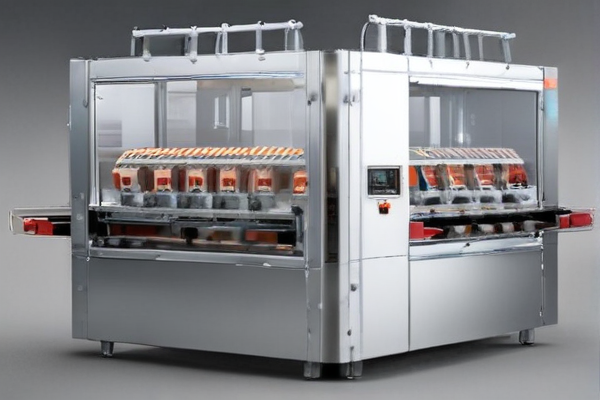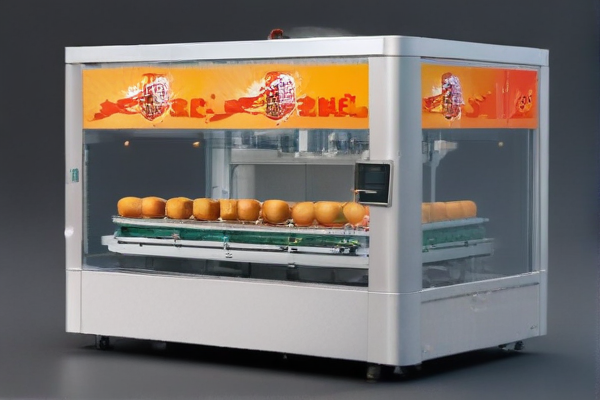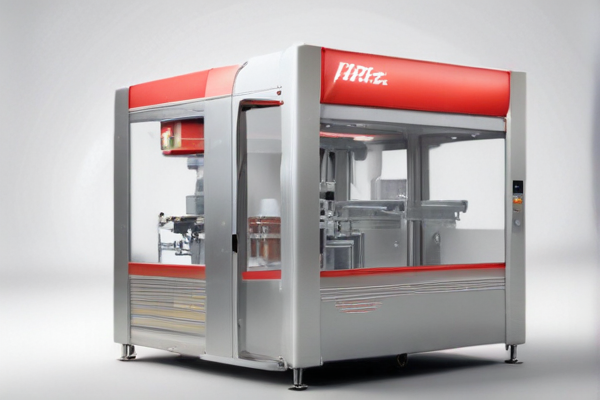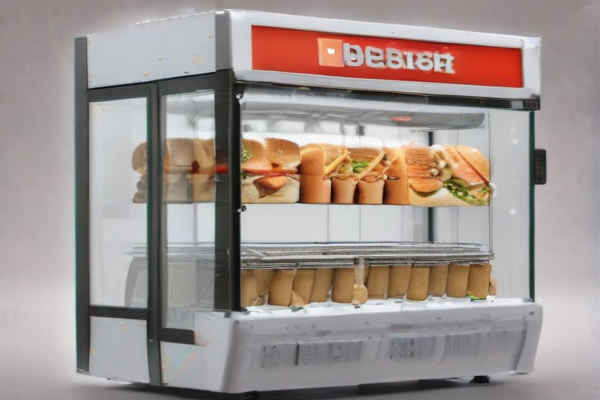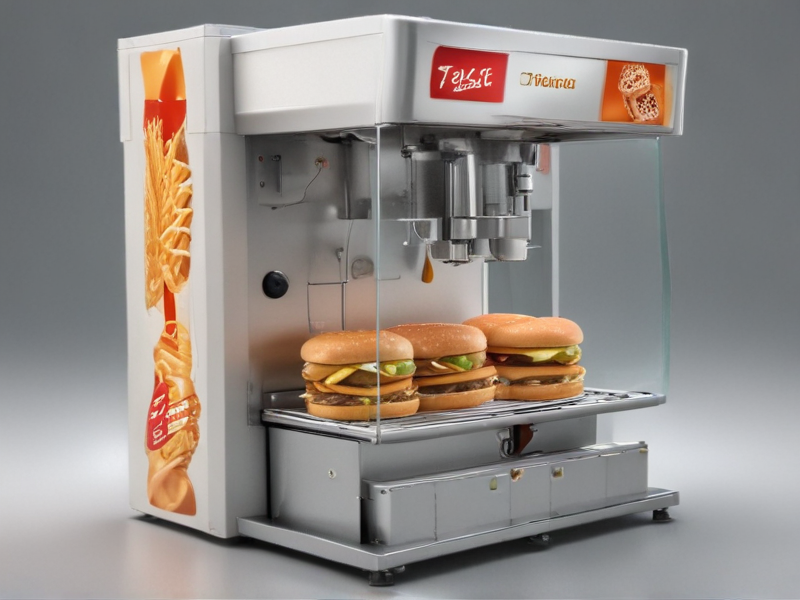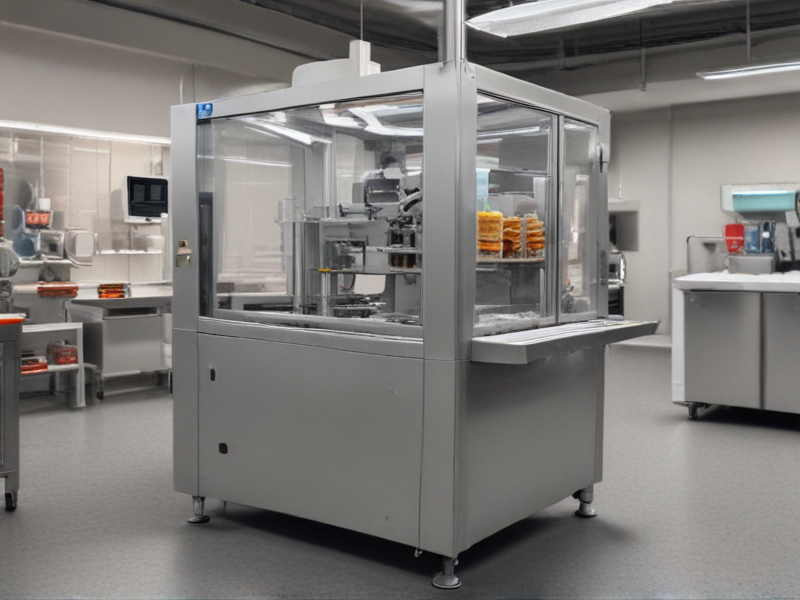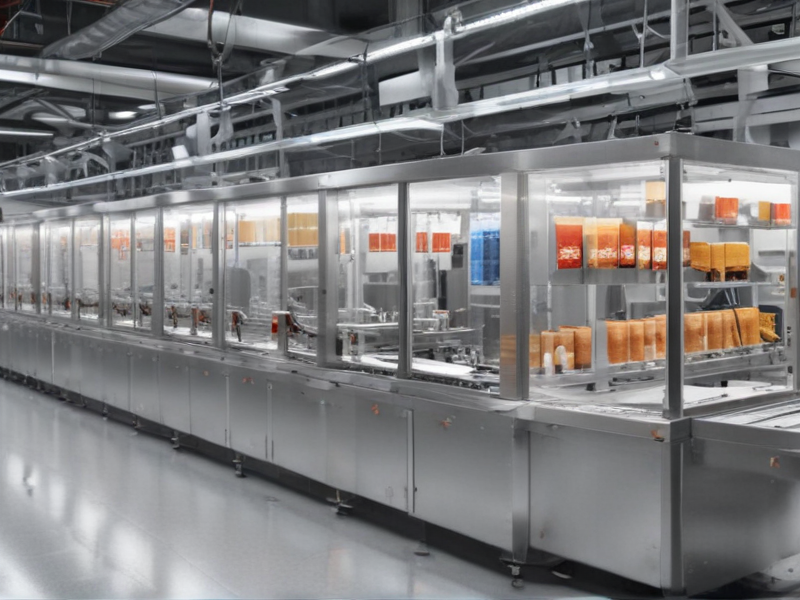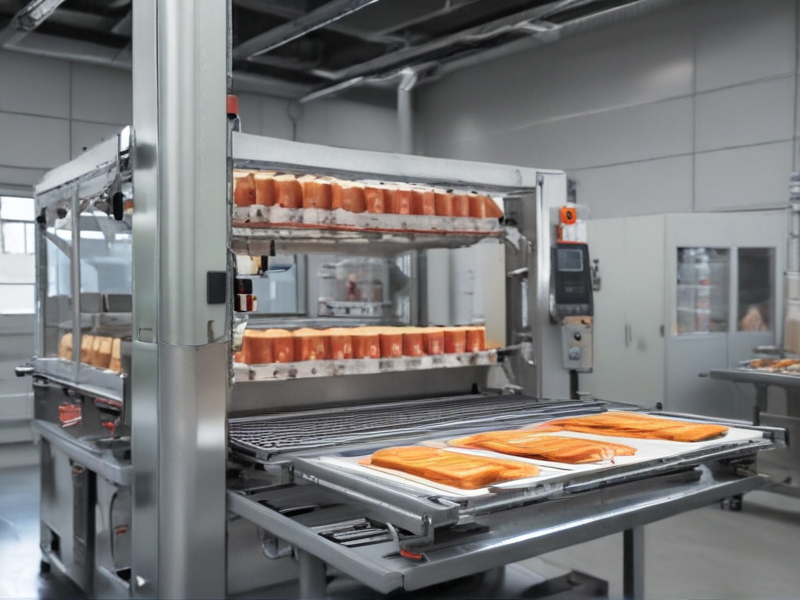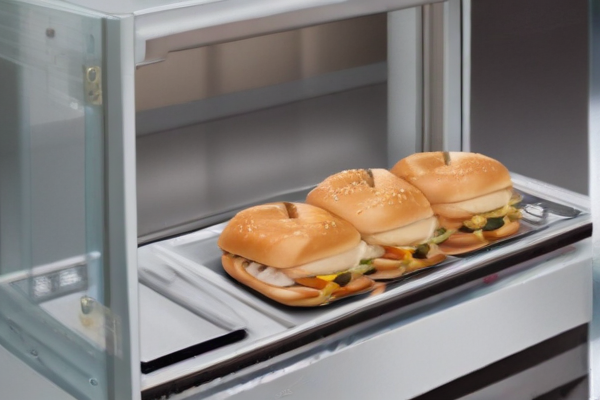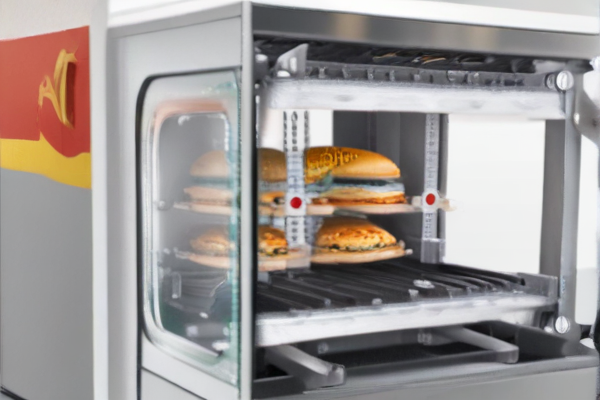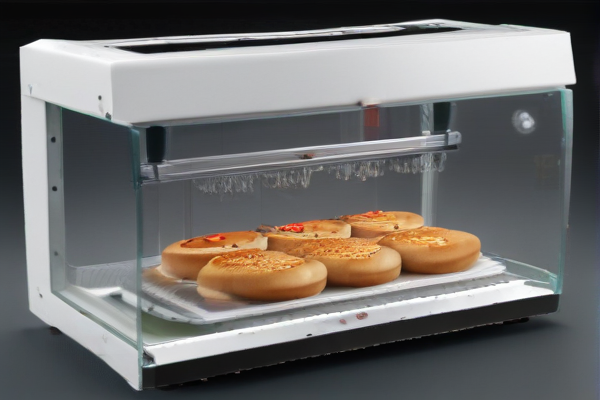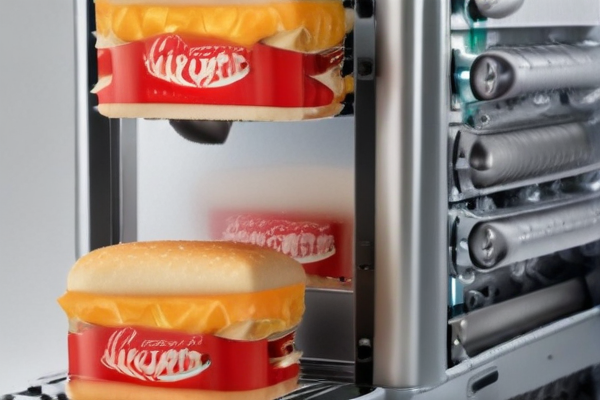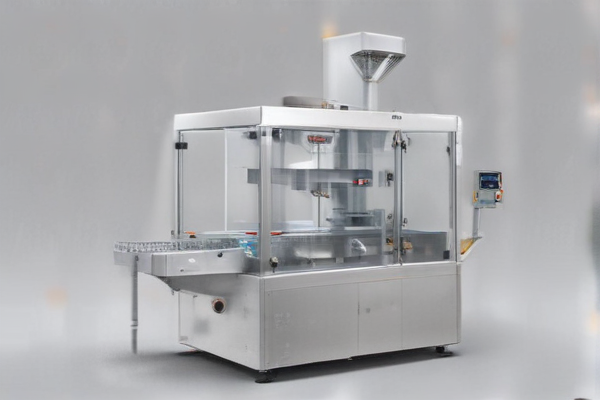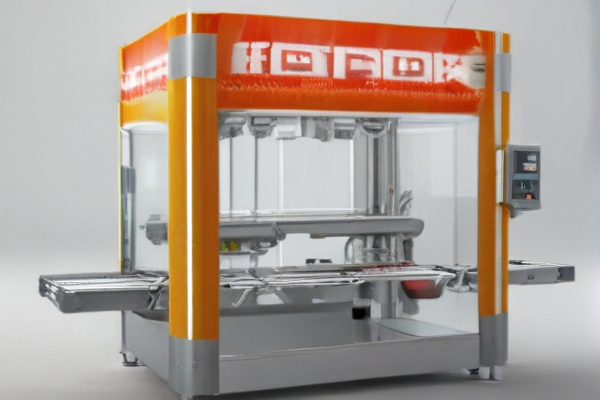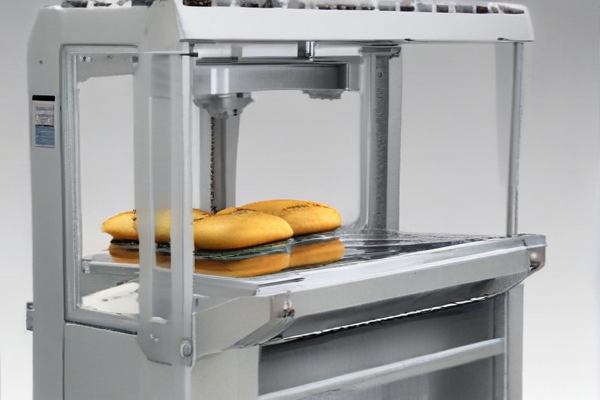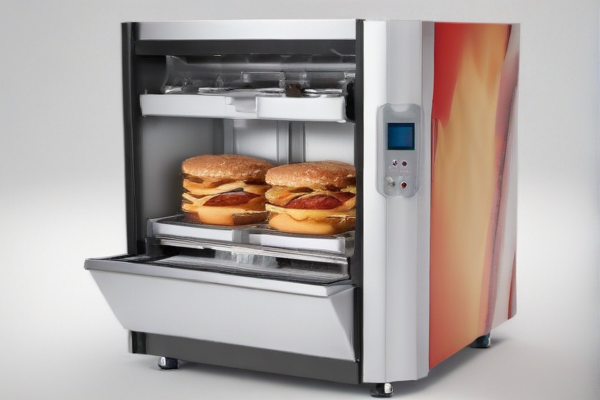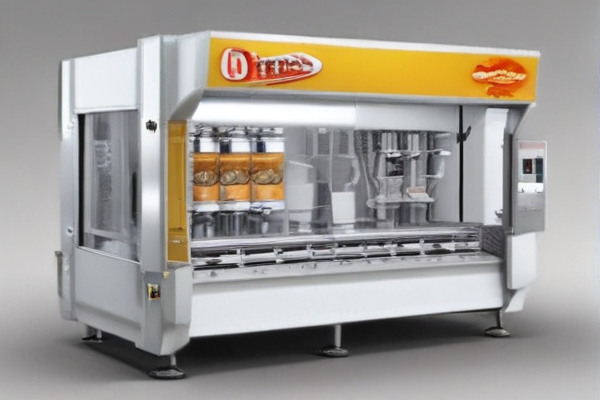Fast food packaging machines are essential for efficiently packing various food items, ensuring freshness and hygiene. These machines come in different types, including automatic, semi-automatic, and manual, each designed for specific packaging needs. Various options are available to accommodate diverse packaging requirements and operational scales.
– Automatic Packaging Machines:
* Ideal for large-scale operations.
* High-speed performance.
* Consistent and precise packaging.
* Can handle diverse packaging materials.
– Semi-Automatic Packaging Machines:
* Suitable for medium-sized businesses.
* Requires minimal manual intervention.
* Moderate speed and efficiency.
* Versatile for different food items.
– Manual Packaging Machines:
* Best for small-scale or specialty operations.
* High level of control over packaging.
* Low initial investment.
* More time-consuming than automated options.
– Vertical Form Fill Seal (VFFS) Machines:
* Versatile for packaging snacks, candies, and small fast food items.
* Integrates filling and sealing processes.
* Can use various film materials.
– Horizontal Form Fill Seal (HFFS) Machines:
* Perfect for burgers, sandwiches, and other flat products.
* Horizontal feeding system.
* Ensures secure and aesthetic packaging.
– Tray Sealing Machines:
* Designed for meals and ready-to-eat dishes.
* Seals preformed trays with film.
* Maintains food freshness and integrity.
– Flow Wrap Machines:
* Ideal for individually wrapped items.
* Continuous packaging process.
* Suitable for high-speed applications.
– Vacuum Packaging Machines:
* Extends shelf life of products.
* Removes air before sealing.
* Ideal for cooked or raw meat and perishable goods.
– Cartoning Machines:
* Packs items into cartons or boxes.
* Suitable for take-out meals.
* Automates loading, closing, and sealing.
– Cup and Container Sealers:
* Used for beverages, desserts, and soups.
* Provides airtight seals.
* Customizable for different cup sizes.
Selecting the right fast food packaging machine depends on factors like the type of food, packaging material, production volume, and budget. Investing in suitable equipment enhances operational efficiency and ensures product quality.

